
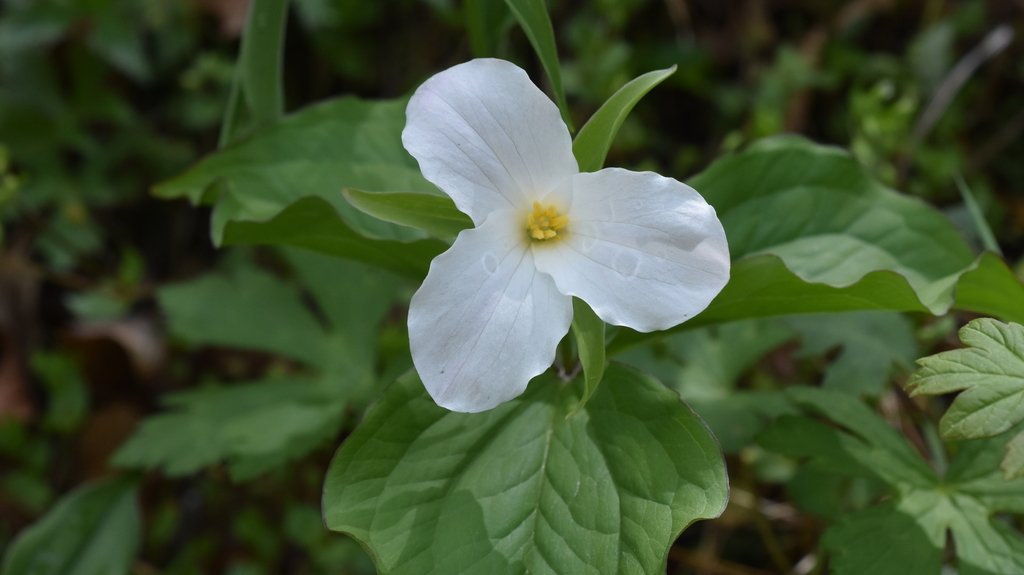
Countdown to the Mount Rogers Naturalist Rally 50th Anniversary!
It’s almost time for a very SPECIAL Mount Rogers Spring Naturalist Rally!
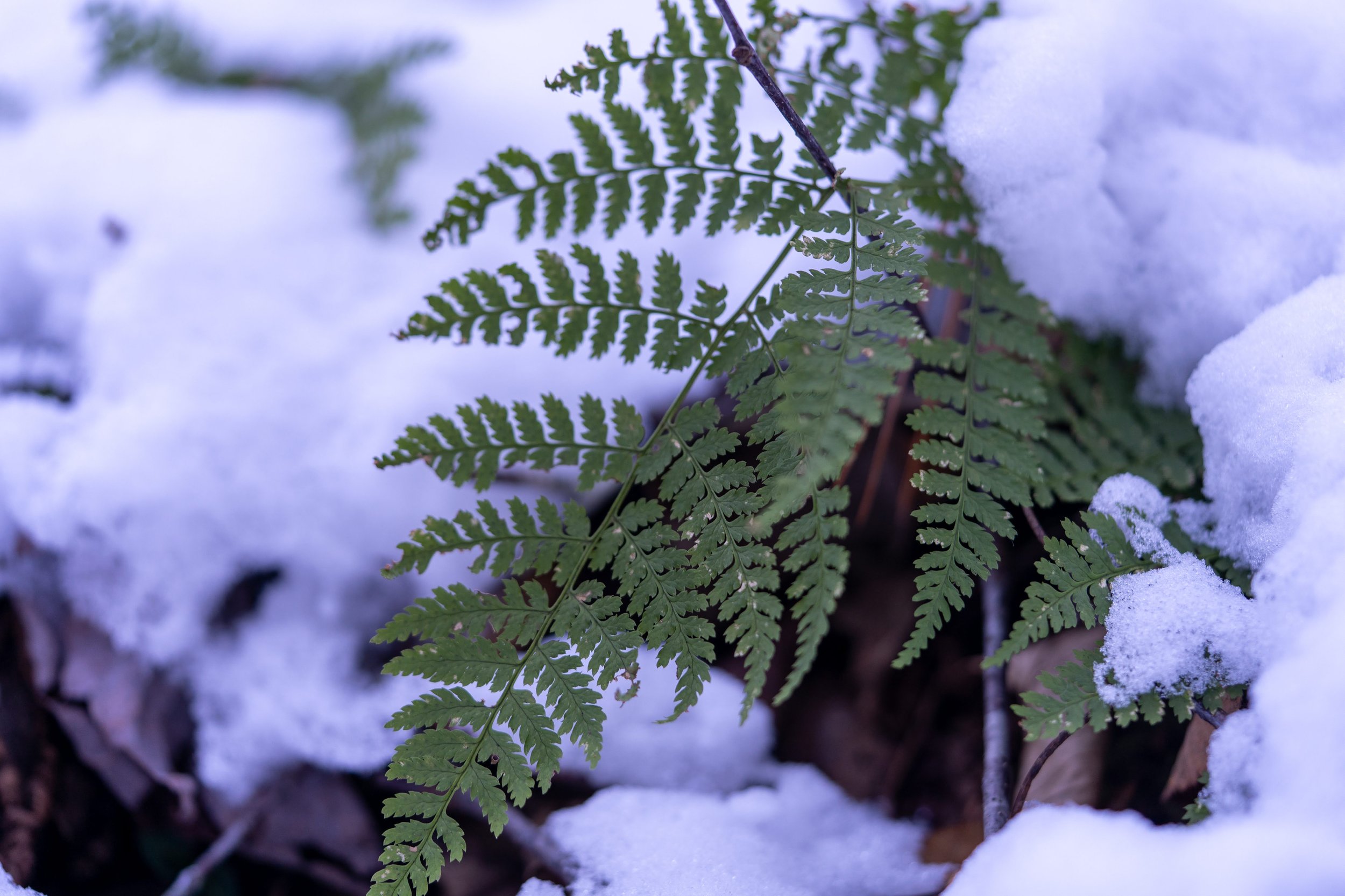
BRDC News: Upcoming Events
The world is thawing out, fauna is getting more active, and here at BRDC we are excited to get back out there and discover more with you! Read for info on our Winter Naturalist Rally, Woodcock Display Walk, Family Weekend, and Spring Break Camp.
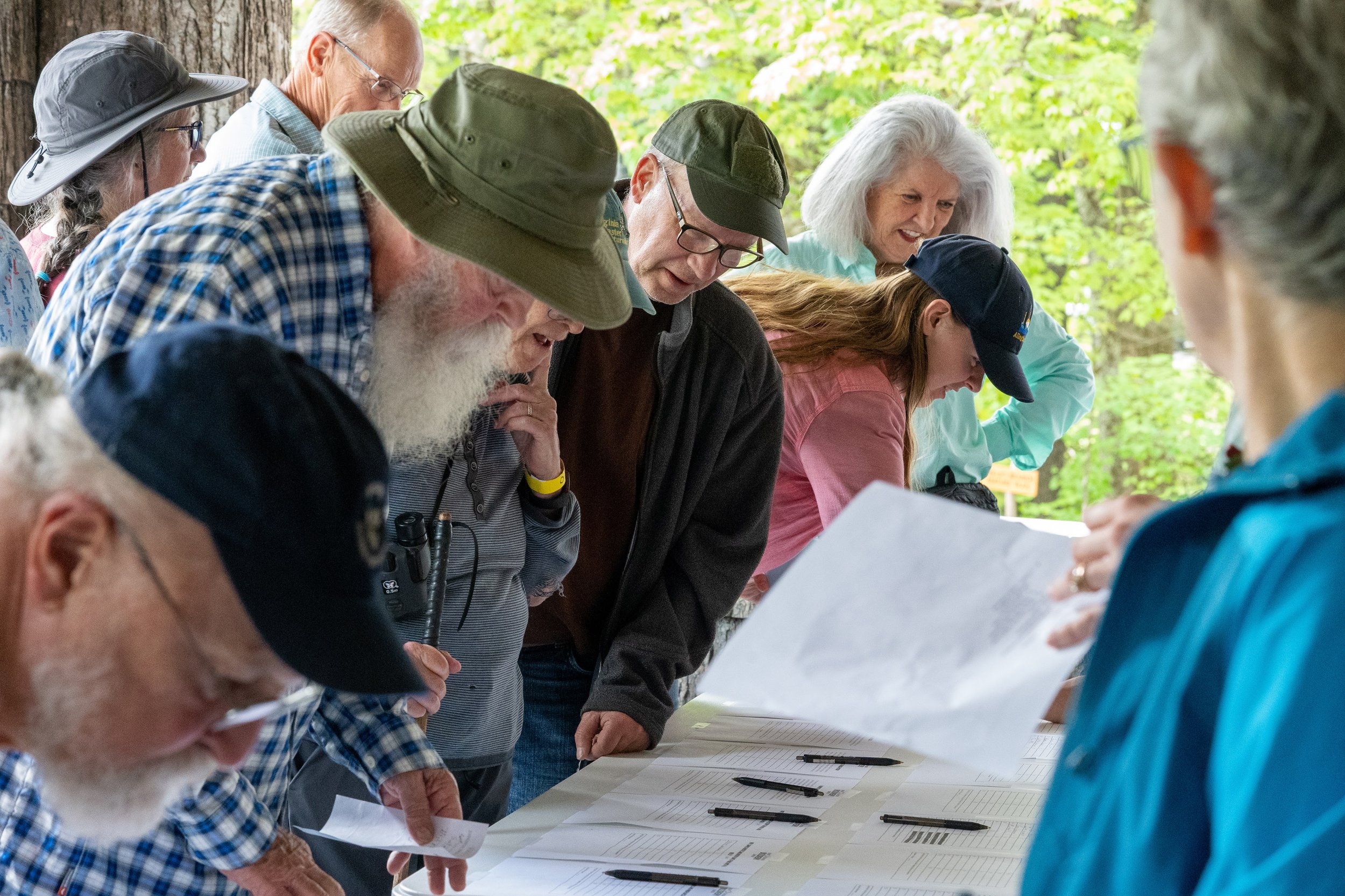
Mount Rogers Spring Naturalist Rally
All in all, the 49th annual Mount Rogers Spring Naturalist Rally was an inspiring weekend of sharing through exploration and discovery of the wonders of the Blue Ridge.
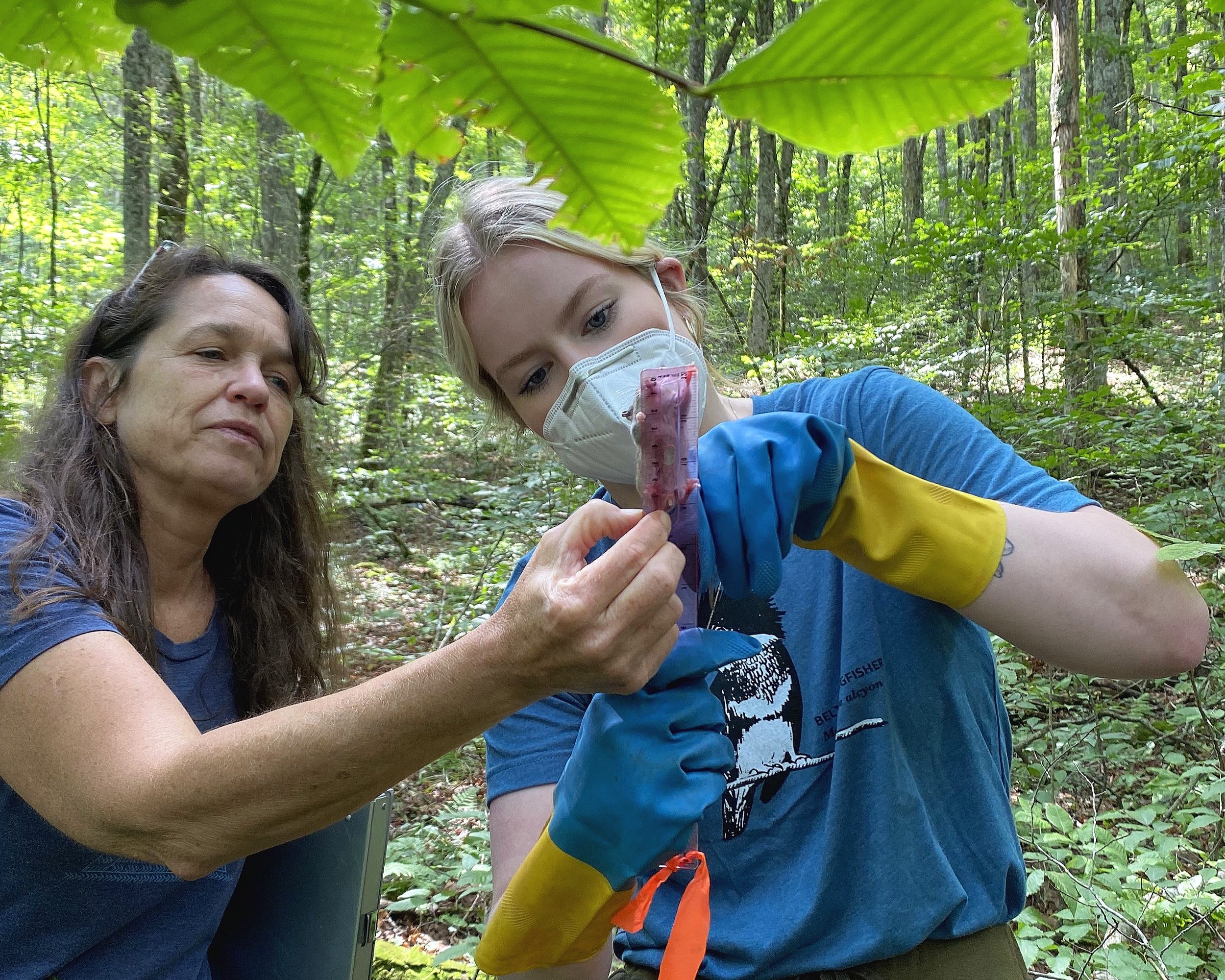
Dr. Marcella Kelly to Speak at Mount Rogers Spring Naturalist Rally
This May, attendees of the Mount Rogers Spring Naturalist Rally will have a chance to meet Marcella during her presentation, THE VIRGINIA APPALACHIAN CARNIVORE PROJECT: ECOLOGICAL FINDINGS FROM 10 YEARS OF RESEARCH ON BEARS, BOBCATS, AND COYOTES.
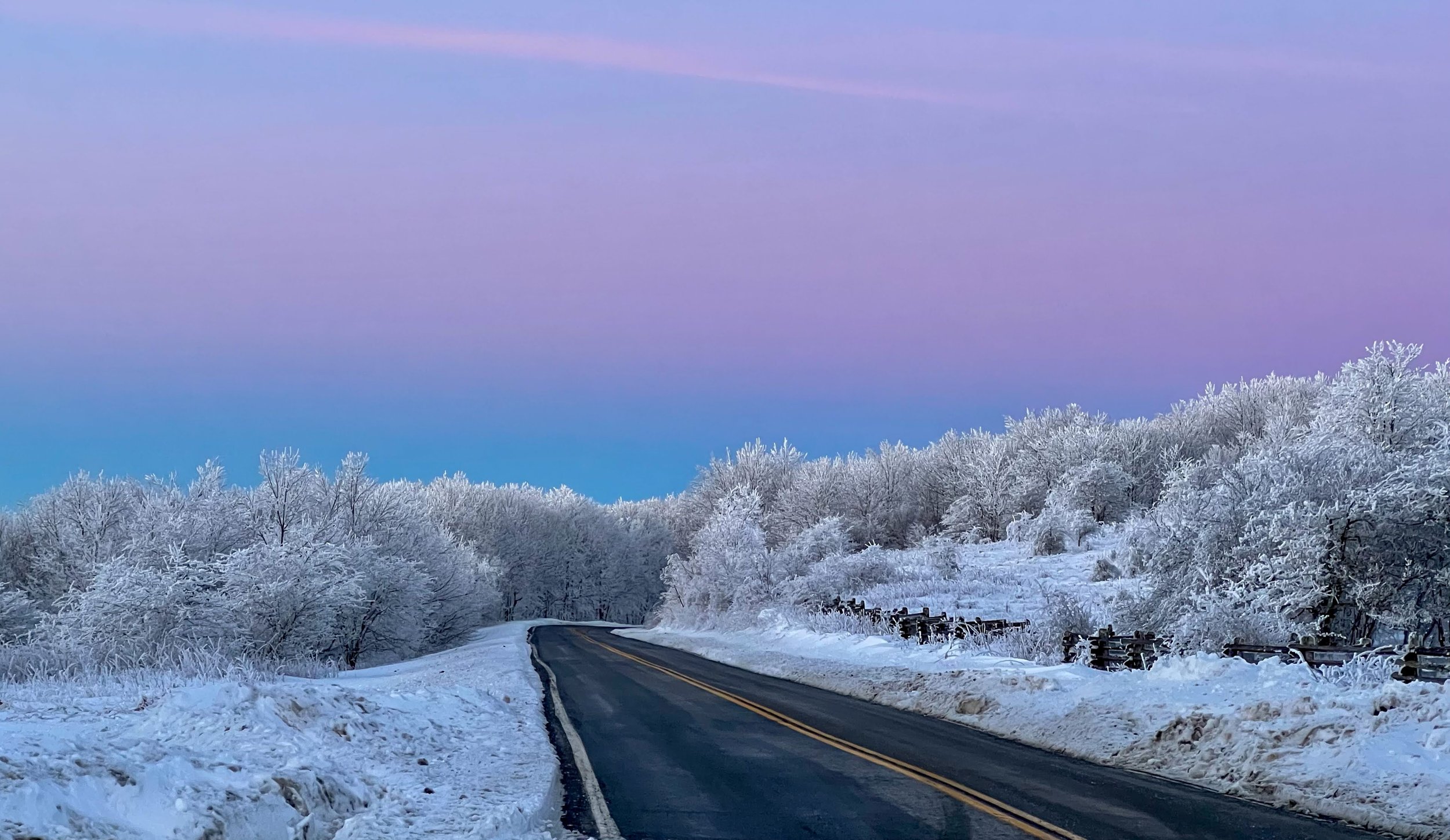
Mt. Rogers Winter Naturalist Rally coming this February!
We are so excited to announce the Mount Rogers Winter Naturalist Rally on February 17-18th!
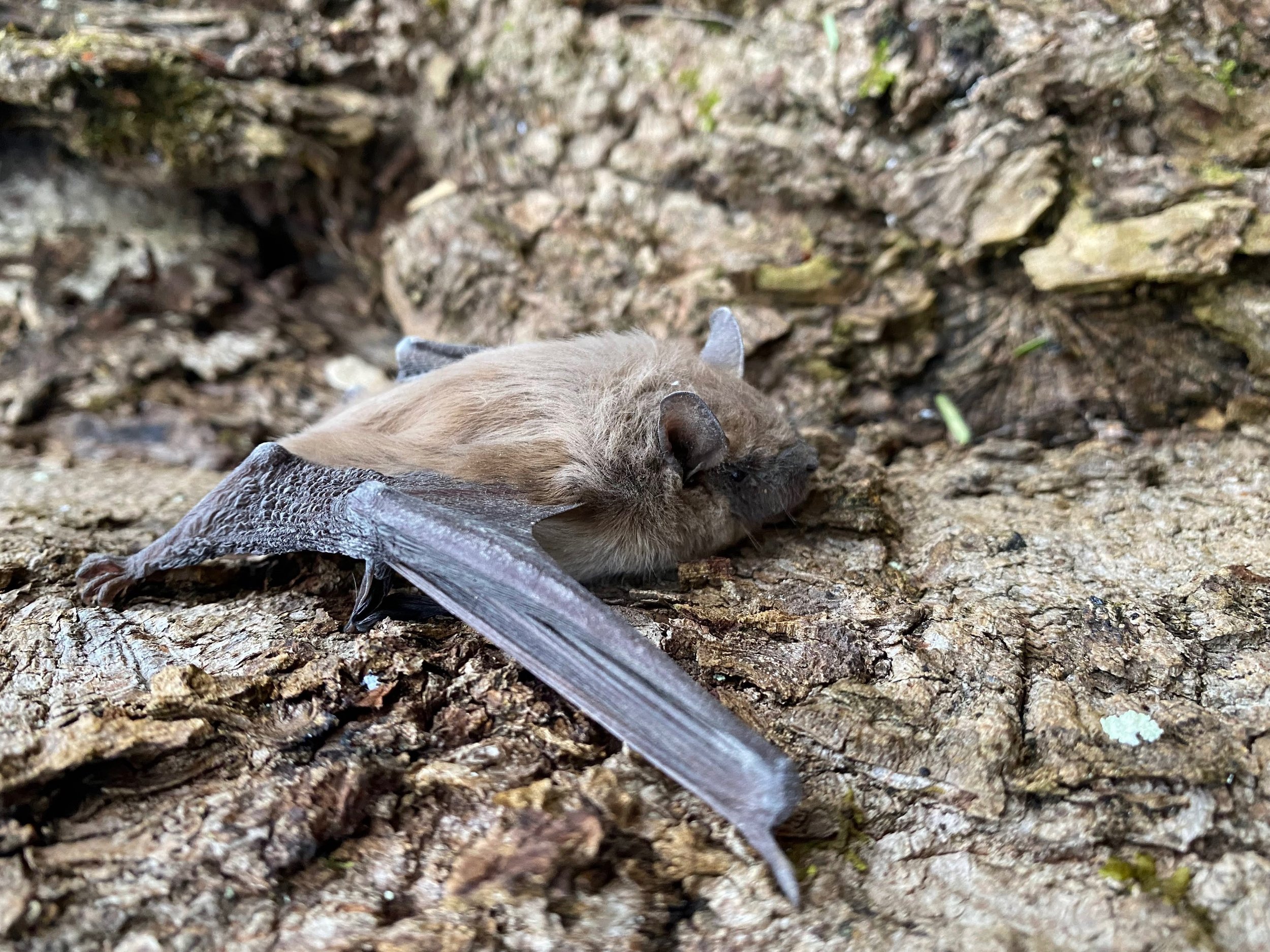
Mt. Roger's Fall Naturalist Rally Keynote Speaker: Michael St. Germain
Read about Michael St. Germain and the bat species found in Virginia!

Pre-Order Your Fall Naturalist Rally T-Shirt!
Our Mount Rogers Fall Naturalist Rally is a little over a month away and we could not be more excited! We have opened pre-orders for the limited edition Fall Naturalist Rally t-shirt.

Drawing From Nature with Suzanne Stryk
The Blue Ridge Discovery Center is excited to announce that the talented artist and author, Suzanne Stryk will be leading a “Drawing From Nature” session at the 48th Annual Spring Naturalist Rally.
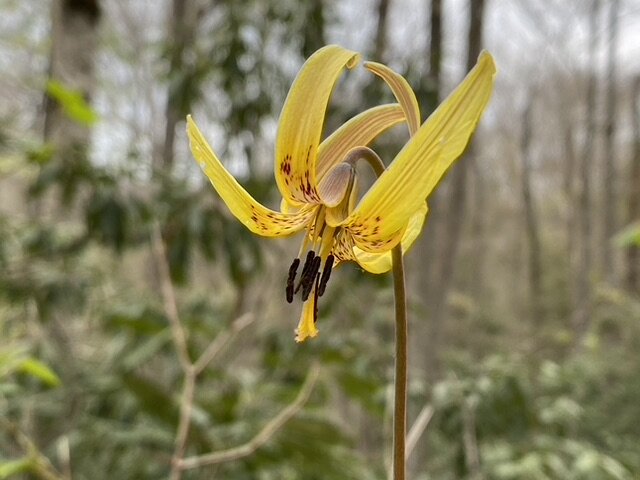
Spring Rally Wrap Up!
Once again we were unable to hold our traditional Spring Naturalist Rally, but that didn’t stop BRDC from getting people outside, engaged with nature, discovering, exploring, and sharing in the Mt Rogers National Recreation Area!

Spring Naturalist Rally Begins this WEEKEND!
Its not too late to get in on the fun! This Saturday, May 1st begins the Mt Rogers Spring Naturalist Rally: Scavenger Hunt Edition.
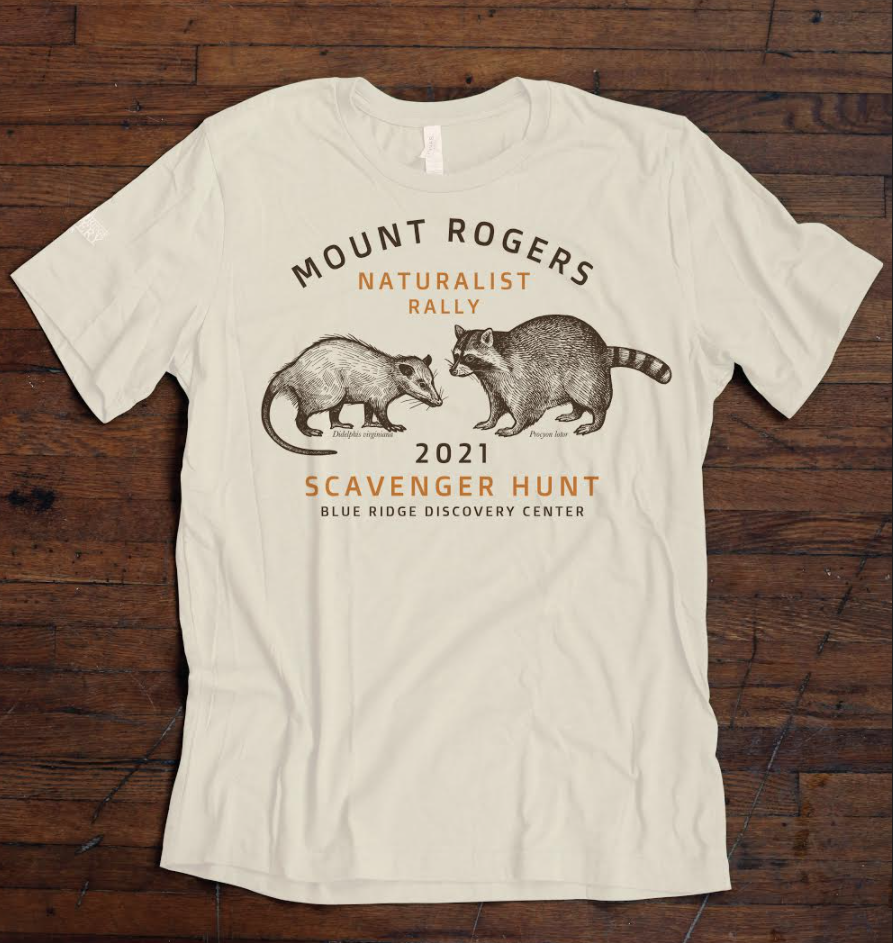
Get Yours Now!
Now is your chance to win great prizes and snag a limited edition MRNR T-Shirt!
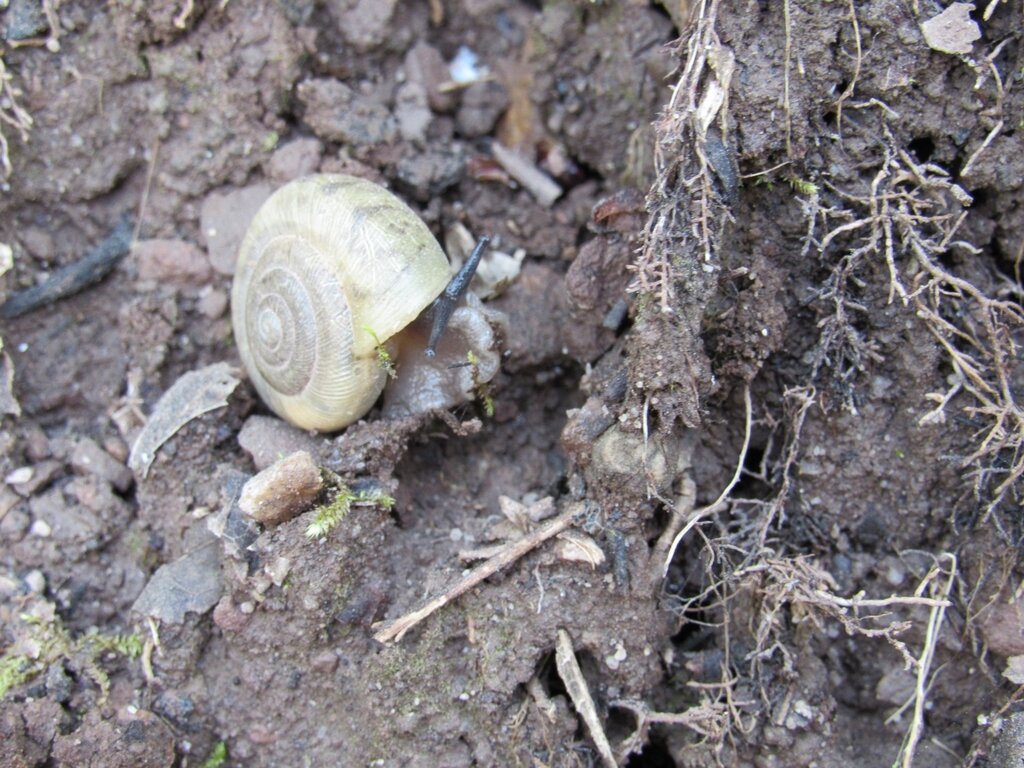
Remote Rally Going Strong
Another stellar day on the iNaturalist Project! The leaderboard shows 97 observers with over 2,800 observations and 840 species…WOW! This is so awesome!
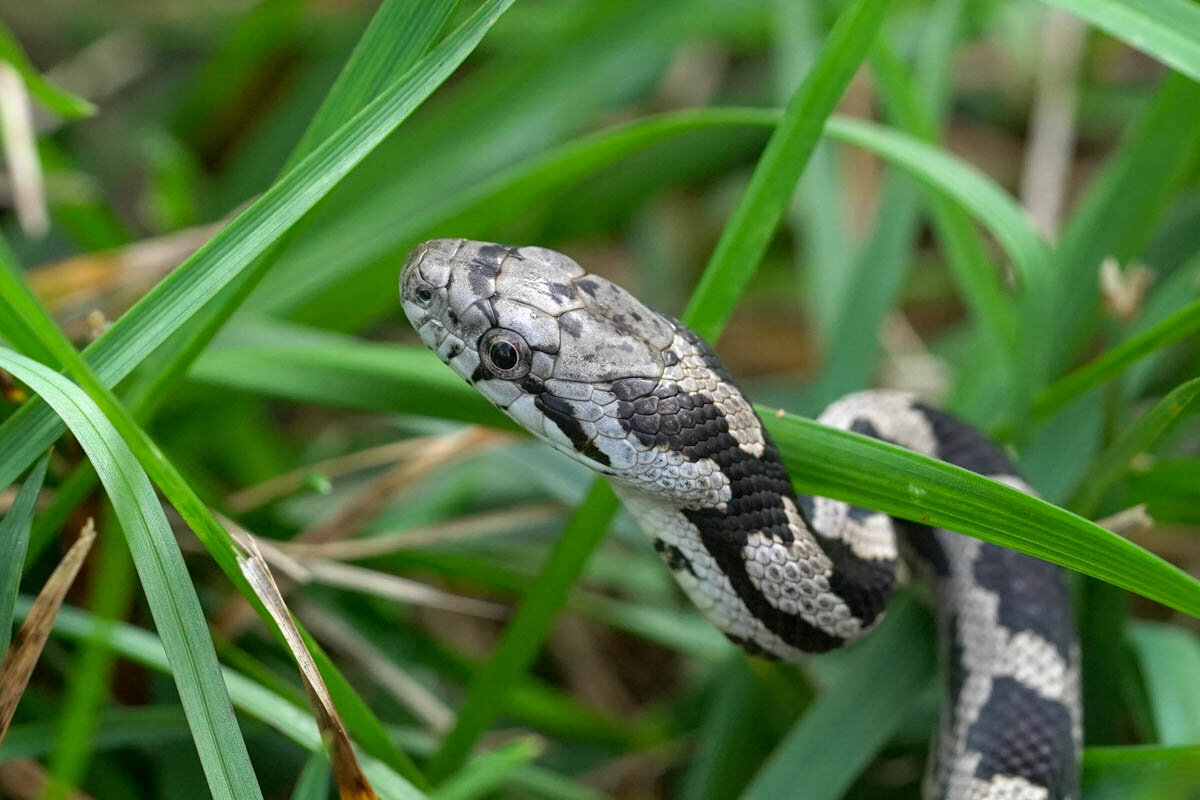
Remote Rally Update!
The Mt Rogers Naturalist Rally: Backyard Edition is off to a fantastic start! It is delightful to have so many participants in our iNaturalist project. We love seeing you getting outside to Explore, Discover, and Share with us.
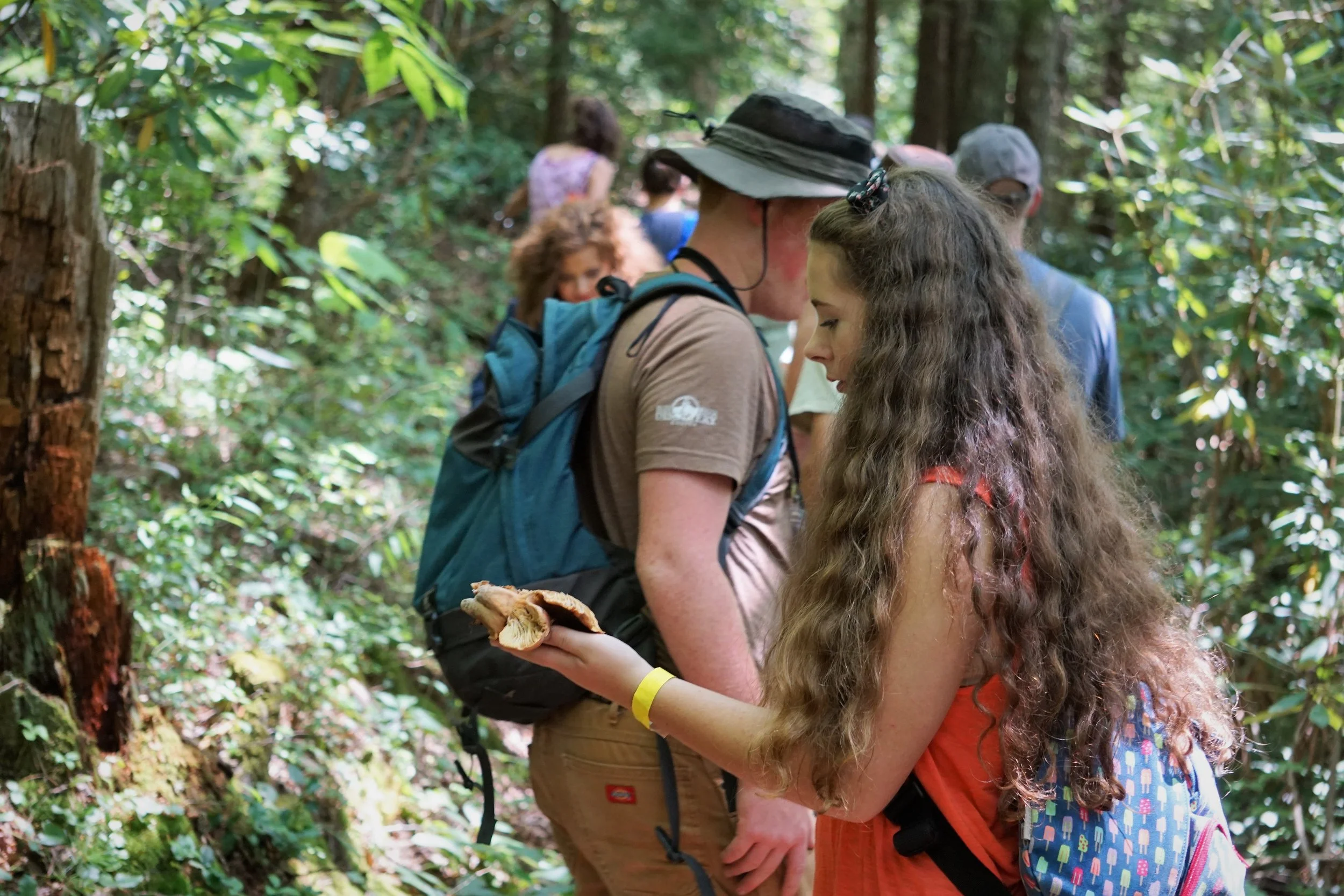
Reflections on the 2019 Summer Mount Rogers Naturalist Rally
“Leave the beaten track behind occasionally and dive into the woods.” - Alexander Graham Bell
During the 4th Annual Summer Mount Rogers Naturalist Rally last weekend, over 150 naturalists came together at Blue Ridge Discovery Center’s new Campground & Field Station to enjoy one of the world’s most fascinating treasures.
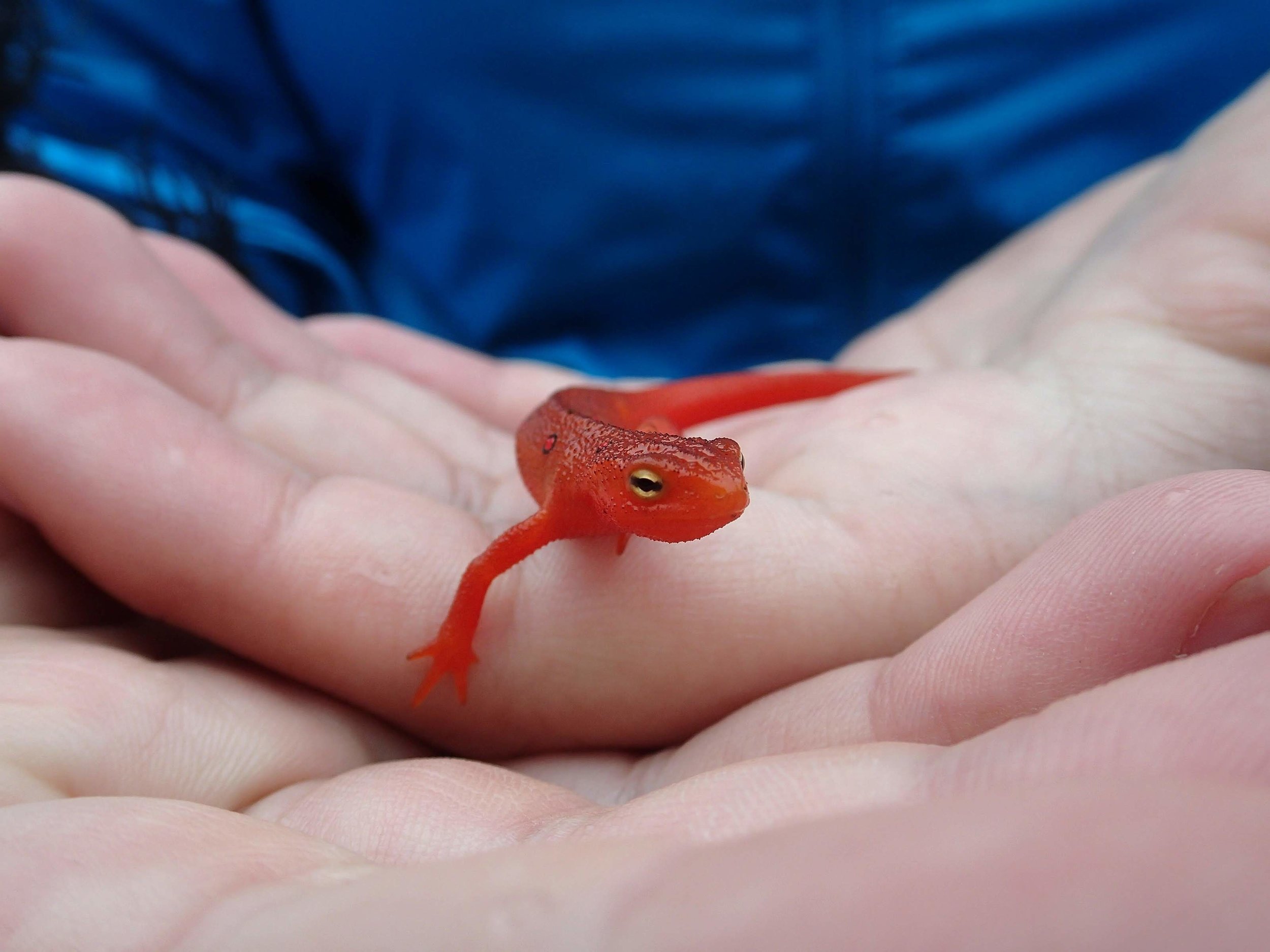
The Rain Did NOT Dampen the Weekend
The 45th Annual Mount Rogers Naturalist Rally, held May 10th-12th was a big success!


40th Annual Mount Rogers Naturalist Rally
On May 9th, folks from at least four states began arriving at the Konnarock Community Center for their annual fix of nature and fellowship. Registration tables awaited the throng as Roald and Ellie Kirby scratched out some tunes for ambiance.